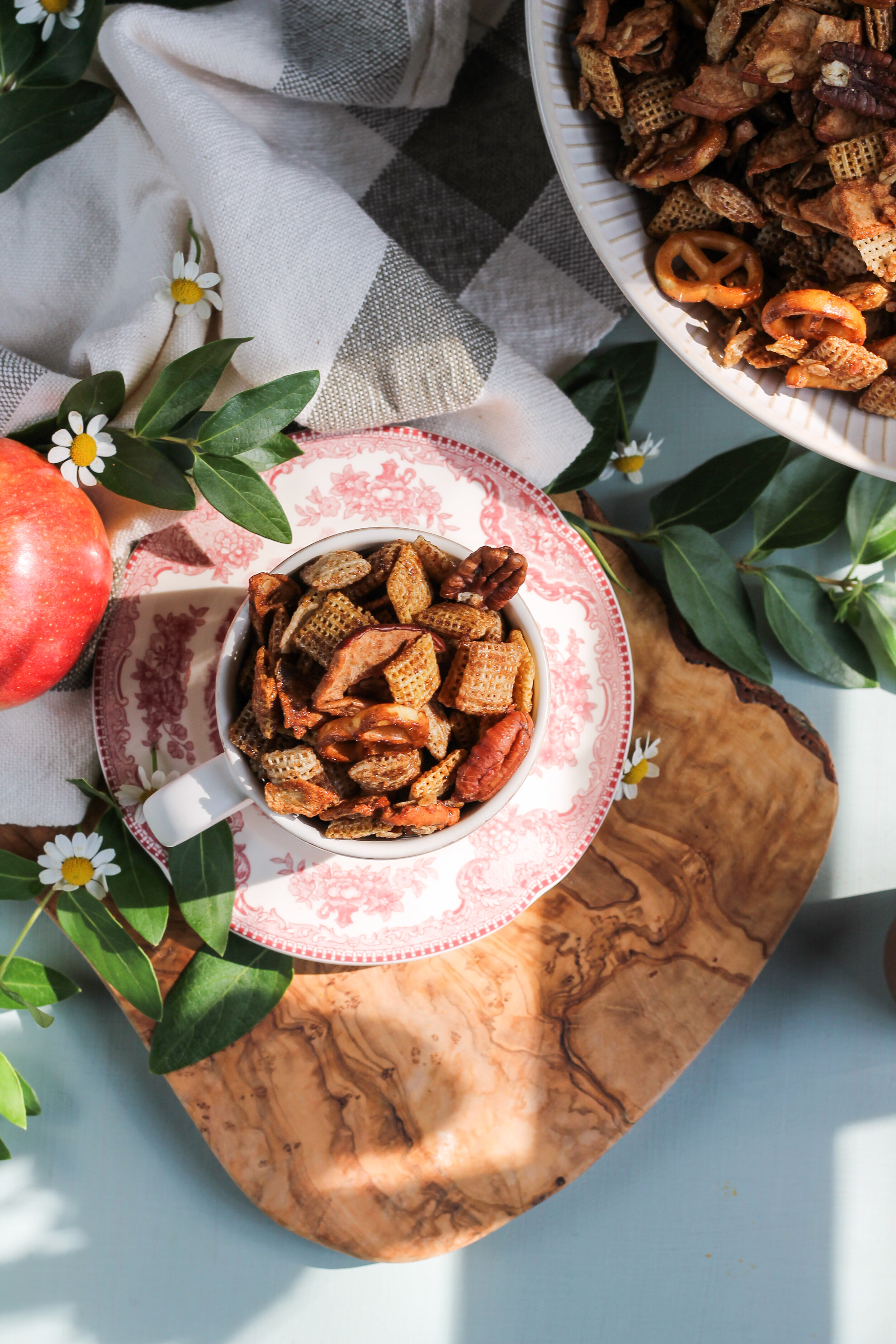Have you ever experienced the disappointment of slicing an apple and returning five minutes later only to find it brown and ugly? Have you then wondered what in the chemical world could have produced such an unattractive result?
This “browning” is caused by three chemical ingredients: 1- and 2-ring phenolic compounds, certain plant enzymes, and oxygen. Inside the whole fruit or vegetable, the phenolic compounds are kept in the storage vacuole, the enzymes in the surrounding cytoplasm. When the food is cut the cell structure is damaged and the phenolics are then mixed with enzymes and oxygen. The enzymes oxidize the phenolics and form molecules that will eventually react with each other and bond together. These bonds form light-absorbing clusters. The result is discoloration. Sound complicated? No worries, what we really need to be concerned about is preventing this cycle from happening in our produce.
acidulate /əˈsijəˌlāt /
verb [ trans. ]
to make sour or slightly acidic
Acidulation is the answer! Enzymatic browning can be solved by "cooking" the exposed surfaces of the fruit with acid. The presence of acid slows down the browning enzymes. A quick toss in lemon or lime juice and you have browning insurance.
This method is effective on bananas, pears, apples, or anything other produce that is turning colors on you. You will no longer be forced to suffer the disappointment of a brown banana!
Happy Wednesday!
Sincerely,
Pedantic Foodie





